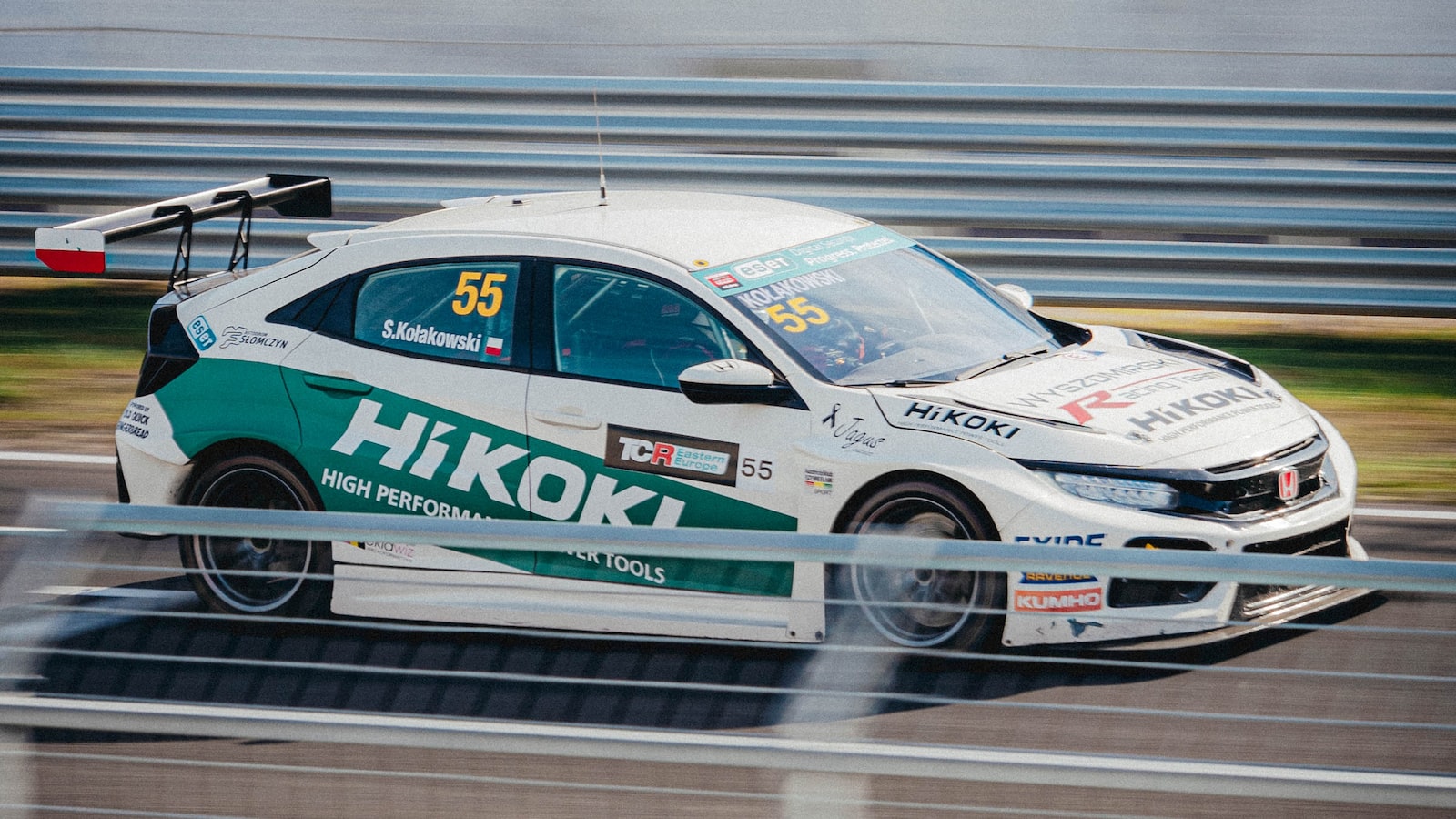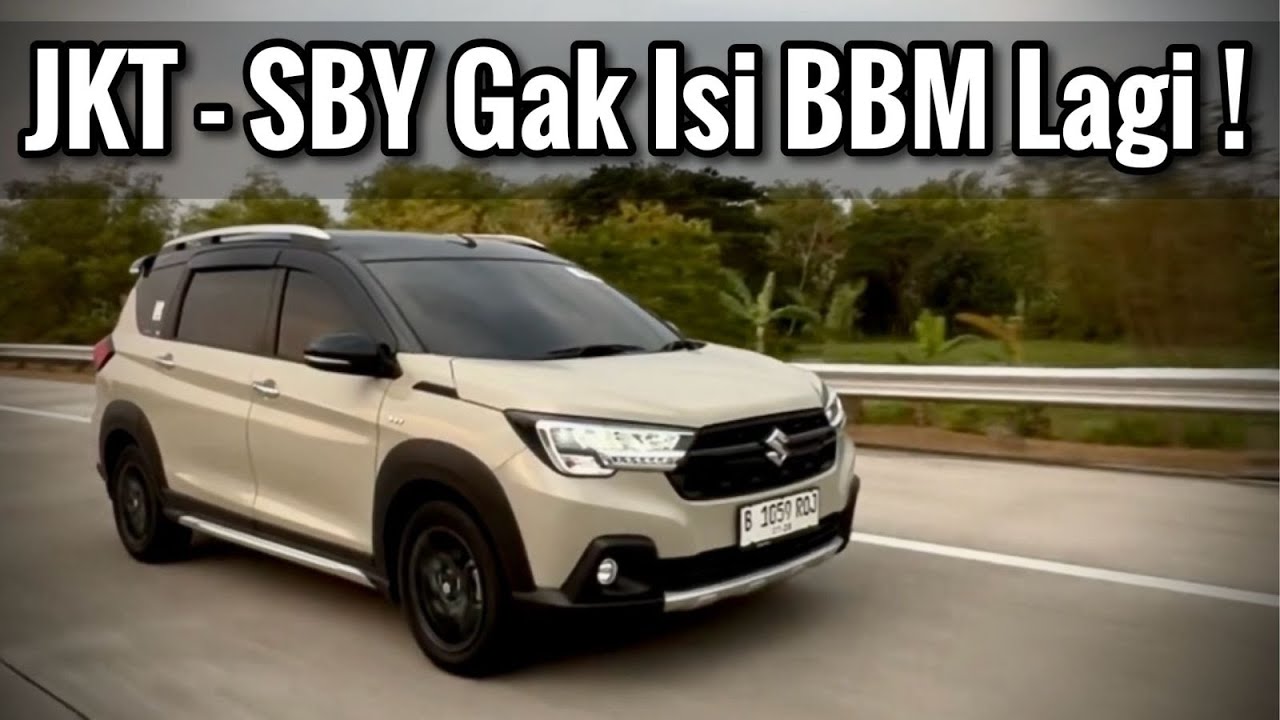Welcome to our blog post, where we will be discussing the intriguing topics covered in the YouTube video titled "SUZUKI XL7 Smart Hybrid Indikator Bensin Seakan Gak Berfungsi." In this video, the Motomobi channel takes us on a journey through the history of the Suzuki XL7, shedding light on its unique characteristics and the evolution of its class.
Suzuki has always had a knack for creating cars that stand out from the crowd, and the XL7 is no exception. As we delve into its story, we discover that the XL7, a crossover based on an MPV platform, is one of the very few hybrids in the world that can travel from Jakarta to Surabaya on just one tank of fuel.
But what sets the XL7 apart from its competitors? Suzuki’s history is filled with instances where they dared to be different, like the pioneering Jimny, an agile and compact SUV that had no rivals in Indonesia at the time. However, in today’s world, Suzuki’s uniqueness sometimes leads them to take a step back, as we’ve seen with the Suzuki Baleno and now the XL7.
The XL7 first made its appearance in 1998 and arrived in Indonesia in 2003. With its SUV-like design, reminiscent of the Grand Escudo, the XL7 offered a V6 engine and a spacious interior for seven passengers. However, its high price tag and lack of four-wheel drive capabilities made it less appealing to the Indonesian market. As a result, the first generation XL7 remained the only version available in the country.
It wasn’t until 2006 that the second generation XL7 emerged, with a larger, more imposing presence. Yet, it never made its way to Indonesia. Surprisingly, in 2020, Suzuki Indonesia reintroduced the XL7, this time as a crossover born from an MPV platform. While this may seem like a step down from the previous XL7’s SUV status, it turns out to be exactly what Indonesian car enthusiasts have been waiting for.
This unique blend of hybrid technology and affordability is precisely what sets the XL7 apart in the Indonesian market. As the Motomobi channel proves, driving from Jakarta to Surabaya, a distance of 700 kilometers, with just one tank of fuel is not only possible but also incredibly efficient. You can witness this remarkable feat on the Motomobi and Fitra Eric channels.
In addition to its fuel efficiency, we will also explore other captivating features of the XL7 in this blog post. From the reviews by automotive experts to the real-life adventures of Om Fitra and Om Mobi, who put the XL7 to the test on challenging terrains, we will delve deeper into what makes this car a top choice for Indonesian drivers. So, buckle up as we embark on an exciting exploration of the Suzuki XL7 Smart Hybrid.
– Introduction to the Suzuki XL7 Smart Hybrid: A Unique Crossover

The Suzuki XL7 Smart Hybrid is a unique crossover that sets itself apart from other vehicles in its class. With its almost hybrid engine, this crossover combines the best of both worlds - the fuel efficiency of a hybrid and the versatility of a crossover. It’s no wonder people from all over the world are eager to get their hands on this one-of-a-kind vehicle.
The history of the Suzuki XL7 is quite fascinating and showcases Suzuki’s knack for creating innovative and unmatched vehicles. Just like the iconic Jimny, which was the pioneer of compact SUVs in Indonesia, the XL7 also possesses a distinctiveness that sets it apart from its competitors. While other SUVs boast large and fuel-consuming engines, the XL7 stands out with its smaller engine and compact body. However, Suzuki likes to be unique and occasionally takes a step back in class, as seen with the Suzuki Baleno. Initially released in 1996, the Baleno was on par with the likes of the Civic, Corolla, and Lancer, but now it has switched gears and is compared to the Yaris or Jazz. This same phenomenon occurred with the XL7, a crossover that was heavily reminiscent of an SUV in its first generation. Despite its resemblance to the Grand Escudo, the XL7 offers the convenience of a seven-seater that everyone desires in an SUV. Unfortunately, it was considered costly for the Indonesian market and didn’t offer the 4×4 feature, hindering its popularity. Until now, the first-generation XL7 remained the only XL7 version available in Indonesia. However, in 2020, Suzuki Indonesia introduced the second-generation XL7, which took a different direction. This time, the XL7 was transformed into a crossover, built upon an MPV platform. It may have stepped down from the prestigious XL7 name, but this unique move by Suzuki proved to be exactly what the Indonesian market needed – a fuel-efficient vehicle that still retained the XL7’s distinctive charm. To demonstrate its exceptional fuel efficiency, the XL7 was put to the test, covering a distance of 700 kilometers from Jakarta to Surabaya with just one tank of fuel. You can see the proof of this impressive feat on the Motomobi and Fitra Eric channels. Another interesting aspect of the Suzuki XL7 is its review by experienced individuals who tackled challenging terrains like hills and dirt roads, resulting in the vehicle getting a little dirty but remaining resilient throughout the journey. This showcases the XL7’s durability and reliability.
– The History of Suzuki XL7: Uniqueness and Class Differentiation

The Suzuki XL7 is a unique crossover that stands out from its competitors, thanks to its hybrid engine. It is the only crossover in the world to offer a nearly hybrid powertrain, making it a one-of-a-kind vehicle. This exceptional feature allows the XL7 to travel from Jakarta to Surabaya with just one tank of fuel, making it extremely fuel-efficient and cost-effective for its owners.
Suzuki has always been known for its innovative and distinct vehicles, and the XL7 is no exception. Just like the iconic Jimny, which was the pioneer of compact SUVs in Indonesia, the XL7 sets itself apart from others in its class. While most SUVs have bulky engines that consume a lot of fuel, the XL7 comes with a smaller engine and a compact body. This unconventional approach by Suzuki challenges the norms and expectations of the industry, offering a unique experience for its drivers.
Even though the XL7 might be considered a step down from previous Suzuki models, such as the Baleno, it still manages to create its own class differentiation. The first generation XL7, introduced in 1998 and brought to Indonesia in 2003, had more of an SUV-like appearance, resembling the Grand Escudo. Despite its desirable V6 engine and spacious seven-seat capacity, the initial XL7 faced limited success in Indonesia due to its high price and lack of four-wheel drive capabilities. As a result, only the first generation XL7 was available in the country, while the second generation, introduced in 2006 with a larger and more impressive design, remained elusive. However, in 2020, Suzuki Indonesia revived the XL7 name with a new model that exhibited a hybrid crossover built on an MPV platform. Though it might have strayed from its previous reputation as a pure SUV, this shift in direction aligns with the needs of Indonesian drivers, who are now seeking fuel-efficient vehicles. In fact, the XL7’s hybrid capabilities allow drivers to cover the 700-kilometer journey from Jakarta to Surabaya with just one tank of fuel, a remarkable feat that can be witnessed on the Motomobi and Fitra Eric YouTube channels.
In conclusion, the Suzuki XL7’s history is marked by its uniqueness and class differentiation in the crossover segment. From its initial SUV-like appearance to its shift towards a hybrid MPV-based crossover, Suzuki has always strived to set itself apart from the competition. The XL7’s fuel efficiency and ability to travel long distances on a single tank of fuel demonstrate Suzuki’s commitment to meeting the needs of Indonesian drivers who seek economic and environmentally-friendly vehicles.
– Suzuki XL7 Generation 1 vs Generation 2: The Evolution of a Crossover

The Suzuki XL7 has gone through an evolution from its first generation to the second, transforming from a SUV to a crossover. The first generation of the XL7 made its debut in 1998, but only entered the Indonesian market in 2003. This model had a strong SUV design, resembling the Grand Escudo with its larger size and a powerful V6 engine with a capacity of 2500 cc. However, its high price and lack of 4×4 capability made it less popular among Indonesian consumers.
In 2006, Suzuki introduced the second generation XL7, which had a more spacious and modern design compared to its predecessor. This version of the XL7, although initially marketed as an SUV, was actually built on a MPV platform, making it a crossover. Suzuki decided to downgrade the XL7 from a pure SUV to a crossover to meet the demand of Indonesian consumers for a more fuel-efficient vehicle. This move turned out to be successful, as the XL7 Smart Hybrid has proven to be an economical choice for Indonesian drivers, capable of traveling from Jakarta to Surabaya, a distance of 700 km, on just one tank of fuel.
– Suzuki XL7 Smart Hybrid: Fuel Efficiency and Performance

The Suzuki XL7 Smart Hybrid is a unique crossover that combines the functionality of an MPV with the fuel efficiency of a hybrid. It is the only crossover in the world that offers almost hybrid-like performance, allowing you to travel from Jakarta to Surabaya on just one tank of fuel. This is made possible by Suzuki’s innovative Smart Hybrid technology, which seamlessly integrates an electric motor with a gasoline engine.
One of the standout features of the Suzuki XL7 Smart Hybrid is its impressive fuel efficiency. With this hybrid powertrain, you can experience significant savings at the pump, as the vehicle is designed to maximize fuel economy without compromising on performance. Whether you’re commuting in the city or embarking on long road trips, the XL7 Smart Hybrid ensures that you can go the extra mile while minimizing your carbon footprint.
In addition to its fuel efficiency, the XL7 Smart Hybrid also offers a spacious interior with ample seating for up to seven passengers. The crossover’s design strikes a perfect balance between style and functionality, with a bold exterior that exudes confidence on the road. With its generous cargo space, versatile seating configurations, and advanced safety features, the XL7 Smart Hybrid is designed to cater to the needs of modern families and adventure seekers alike.
Overall, the Suzuki XL7 Smart Hybrid is a game-changer in the crossover segment, offering both fuel efficiency and impressive performance. With its innovative hybrid technology and spacious interior, it provides a practical and eco-friendly option for those who are seeking a versatile and efficient vehicle. Experience the best of both worlds with the Suzuki XL7 Smart Hybrid and embark on your next journey with confidence. In conclusion, the YouTube video titled "SUZUKI XL7 Smart Hybrid Indikator Bensin Seakan Gak Berfungsi" discussed the unique history and features of the Suzuki XL7. It highlighted how Suzuki has always strived to create cars that stand out from the rest, such as the Jimny and Baleno. The Suzuki XL7, being a crossover based on an MPV, offers a fuel-efficient hybrid engine that allows for long-distance travel with just one tank of fuel. While the XL7 may have shifted from its SUV roots, it caters to the needs of Indonesian motorists who prioritize fuel economy. The video showcased a test drive from Jakarta to Surabaya, covering a distance of 700 KM, reaffirming the XL7’s impressive fuel efficiency. Further reviews by automotive experts, including Fitra Eric and Om Mobi, praised the XL7’s performance on challenging terrains. Whether driving up hills or through dusty roads, the XL7 proved its capability and durability. Overall, the Suzuki XL7 Smart Hybrid is a reliable and cost-effective option for Indonesian drivers looking for a crossover that excels in fuel efficiency. Be sure to subscribe to Fitra Eric’s and Om Mobi’s channels for more insightful content about the Suzuki XL7 and other automotive topics.
